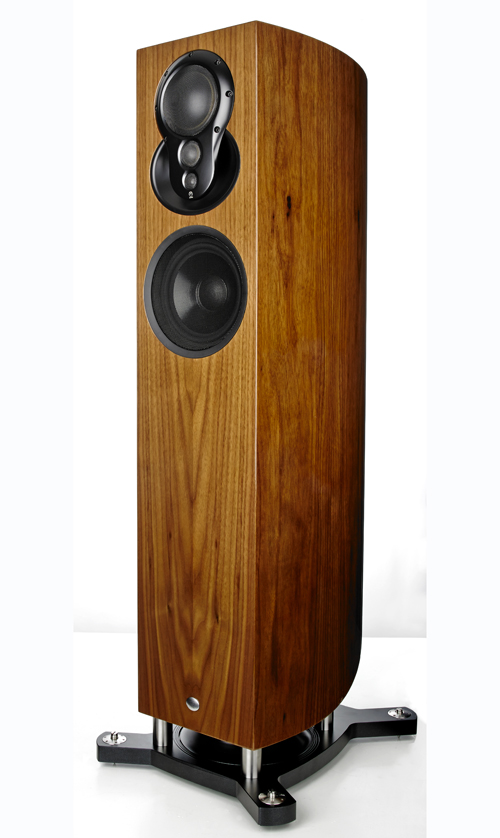What Hi-Fi? Verdict
The Akubariks are a deeply impressive engineering accomplishment. They’re flexible too, but the forthright presentation won’t appeal to all
Pros
- +
Agile and articulate sound
- +
Plenty of detail
- +
Lovely cohesion between drive units
- +
Superb build and finish
- +
Flexibility as far as positioning goes
Cons
- -
Their presentation veers towards the clinical
- -
Don’t convey subtle shifts in pace particularly well
Why you can trust What Hi-Fi?
Linn’s new Akubarik active floorstanders are about as technologically dense as speakers get. Each sleek cabinet has six drive units that are driven by five power amplifiers, plus all the other filtering and power supplies a fully active set-up needs.
That’s impressive, but no more so than Linn managing to fit all of that in a neat, relatively compact package. By high-end standards these are discreet.
A modest height of 105cm helps, but the Akubarik’s crisp cosmetic detailing and nicely judged curved proportions make these towers far easier to accommodate than many rivals.
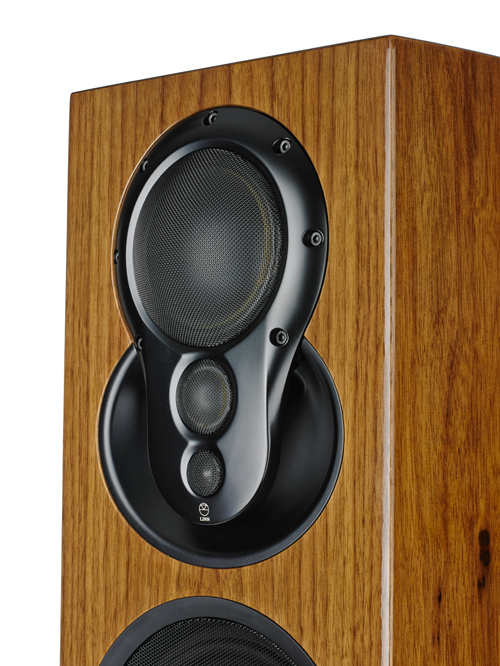
Build
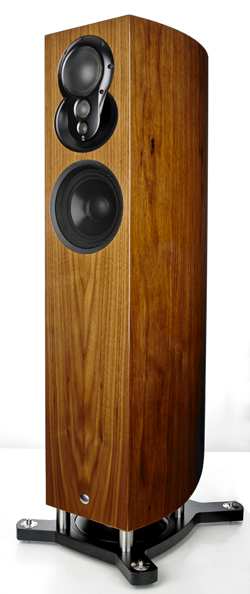
Their ability to fit in isn’t just about size, either. The Akubariks come in six standard high-grade finishes – Black Ash, Cherry, Oak, Rosenut, Walnut and White. These are available in either standard or high gloss versions.
Not good enough? In that case, Linn offers a range of 200 premium high-gloss colour options, which means even the fussiest of interior designers should be satisfied.
Build quality is as lovely as you’d hope for at this level. These floorstanders feel immensely solid and are beautifully finished, right down to the nicely machined spike arrangement in the plinth. There’s a feeling of real luxury here and a deep-seated aura of thorough engineering that has to be admired.
Linn has obviously put a great deal of thought into how its speakers work in a listening room. Tucked away behind a top-panel grille are additional adjustments to control bass reach and level – problems with room matching at low frequencies are the main issue that larger speakers have.
While the Akubariks work best firing straight ahead and with plenty of space to breathe, these adjustments make it possible to get pleasing results even in less than ideal conditions. Few rivals are this flexible.
Even the connections – mains power and balanced XLR – are nicely tucked away at the bottom of the back panel. It’s all unusually neat and tidy by high-end standards.
Drivers and amplification
While that price tag looks sky-high it’s worth remembering that you don’t need to pay extra for power amps. Each speaker contains 600W worth of amplification, of which 300W goes to the three-dome drive-unit housed in that exotic-looking front array.
This is made up of a 75mm polyurethane midrange driver, a 25mm tweeter and a 13mm tweeter. The larger tweeter uses polyurethane diaphragm like the midrange unit, while the smaller one uses a more conventional silk dome.
Polyurethane is a relatively heavy material, which reduces a driver’s efficiency, but Linn thinks its high internal damping and resultant neutral sound is worth the hit.
Below this trio sits a 15cm treated paper upper-bass driver that operates in a sealed box environment and is driven by yet another 100W amp. The sealed enclosure arrangement should make for better controlled and more precise lows.
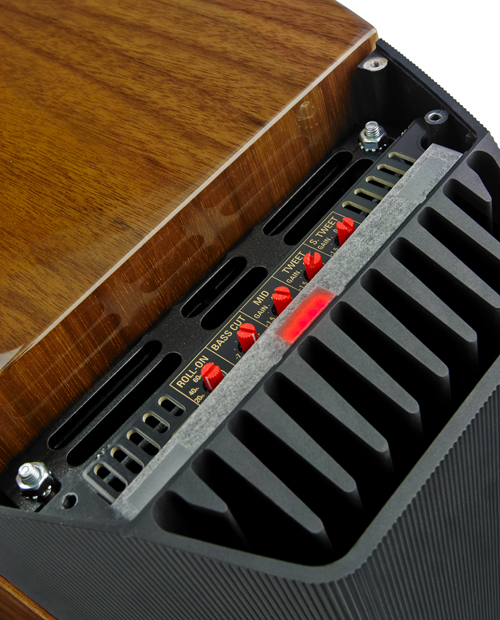
Look at the base of the Akubariks, above that distinctive plinth, and you’ll see yet another drive unit. This is part of a downward firing isobaric pairing made of two 20cm woven carbon-fibre cones mounted face-to-face. A 200W amplifier module (the design uses two 100W amp channels combined in bridged mode) is dedicated to driving this.
Linn is no stranger to isobaric bass drivers – and, if done well, the technique usually delivers lots of taut, deep bass for a given cabinet volume. The downside is cost and the additional complexity of fine-tuning the system. Of course, neither should be an issue at this price level.
Sound quality
Initially we listened to these speakers with Linn’s £5600 Akurate DSM streamer/preamp. It was obvious from the beginning that these are very capable performers.
There’s an impressive degree of clarity here; even music as complex as Massive Attack’s Heligoland is delivered with unerring directness. It’s some achievement getting a sound this cohesive from a five-way design – the integration between the drive units is superb.
We also noticed a good degree of punch and a firm grip of the lowest frequencies. The additional complexity of the isobaric arrangement pays off big time in songs such as Atlas Air – lows dig deeply and have a sense of power beyond what we would normally expect from floorstanders of this size.
The Akubariks are agile and explicit in the way they deliver detail. There’s no fudging of the leading edges of notes, which leads to an outstanding impression of clarity.
Less welcome is an overly taut quality to the presentation, and a lack of natural warmth that dilutes the emotional impact of music such as Johnny Cash’s version of Hurt – and that’s something we really don’t want.
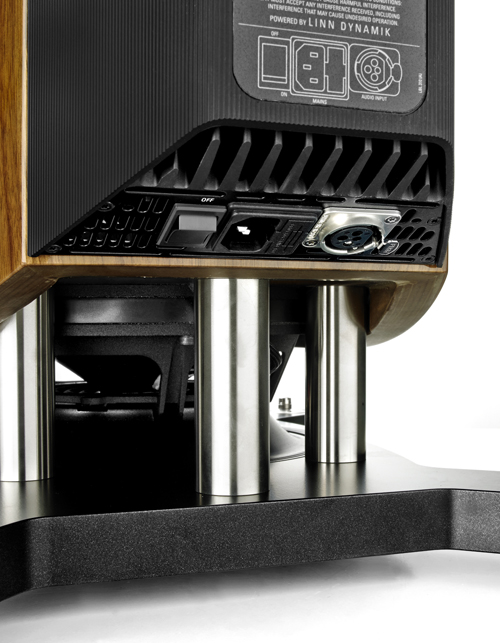
In this set-up the speakers don’t quite grasp the nuances of timing either, lacking the skill to track changes of pace properly.
Swapping the Akurate DSM front end for our reference (and far pricier) combination of Naim NDS/555ps and Bryston BP26 preamp helps a lot. All the good things remain undimmed.
The Akubariks have a no-nonsense approach to music replay that we really like – and with the changed front-end electronics, now display a degree of dynamic subtlety that they merely hinted at before.
The presentation is now more full-bodied and expressive without losing the clarity we so admired. The ability to convey shifts in pace and rhythmic momentum is improved to a certain degree too.
There’s still the feeling that the presentation edges more towards clinical analysis rather than communicating the emotional message, but there are enough magic musical moments to prevent us being too hard on this aspect.
Verdict
Whether or not their sonic presentation works for you, there’s no denying Linn’s achievement here. It’s delivered a beautifully made and engineered product that’s easy to accommodate in most homes.
That’s not something that can be said for most rivals. As far as sound goes, for us there’s much to admire, if not love. Give them a listen and see if they suit your tastes.
MORE: Best Buys: Speakers
What Hi-Fi?, founded in 1976, is the world's leading independent guide to buying and owning hi-fi and home entertainment products. Our comprehensive tests help you buy the very best for your money, with our advice sections giving you step-by-step information on how to get even more from your music and movies. Everything is tested by our dedicated team of in-house reviewers in our custom-built test rooms in London, Reading and Bath. Our coveted five-star rating and Awards are recognised all over the world as the ultimate seal of approval, so you can buy with absolute confidence.
